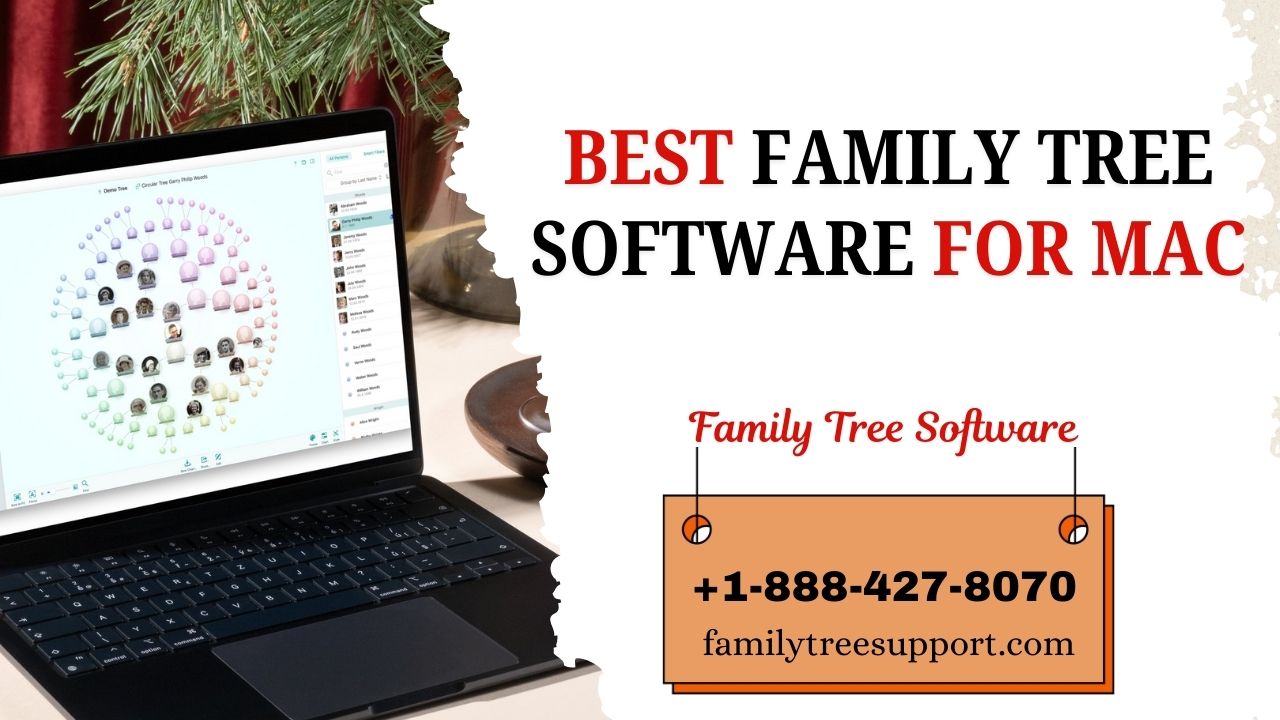Why You Need Security as a Service for Cloud Migration
As businesses move their operations to the cloud, securing digital assets becomes a top priority. Cloud migration introduces new security risks that traditional IT security measures may not adequately address. This is where Security as a Service providers come into play. By offering cloud-based security solutions, SECaaS providers help businesses safeguard their cloud environments while reducing costs and operational complexity.
This article explores why businesses need SECaaS for cloud migration, the key benefits, and how security as a service providers can help mitigate risks during the transition.
Understanding Security as a Service (SECaaS)
Security as a Service (SECaaS) is a cloud-based model that delivers cybersecurity solutions to organizations on a subscription basis. Instead of relying solely on in-house security infrastructure, businesses can outsource their security needs to security as a service providers who offer comprehensive protection against cyber threats.
SECaaS providers offer a range of security services, including:
- Threat detection and response
- Firewall and intrusion prevention
- Antivirus and anti-malware protection
- Identity and access management (IAM)
- Data encryption and loss prevention
- Security information and event management (SIEM)
By leveraging security as a service providers, companies can benefit from real-time threat monitoring, automatic updates, and expert security management without the need for significant internal resources.
Why Security as a Service is Essential for Cloud Migration
1. Enhanced Data Protection
Migrating data to the cloud increases the risk of data breaches and unauthorized access. SECaaS providers offer encryption, access controls, and continuous monitoring to ensure that sensitive data remains protected throughout the migration process.
2. Compliance and Regulatory Support
Businesses must comply with regulations such as GDPR, HIPAA, and CCPA when storing and processing data in the cloud. SECaaS providers help businesses meet these compliance requirements by implementing industry-standard security measures and offering audit-ready reporting.
3. Scalability and Flexibility
Cloud environments are dynamic, requiring scalable security solutions. SECaaS allows businesses to adjust their security posture as workloads fluctuate, ensuring continuous protection without over-provisioning resources.
4. Threat Detection and Incident Response
Cloud-based infrastructures are prime targets for cyberattacks. SECaaS providers utilize AI and machine learning to detect potential threats in real time, offering rapid response mechanisms to prevent security breaches.
5. Cost-Effective Security Management
Traditional cybersecurity solutions require substantial investments in hardware, software, and personnel. By outsourcing security to SECaaS providers, businesses can significantly reduce costs while gaining access to top-tier security expertise.
Challenges of Implementing SECaaS for Cloud Migration
While SECaaS offers numerous benefits, businesses must be aware of potential challenges when integrating these services into their cloud migration strategy.
1. Integration with Cloud Platforms
Ensuring that SECaaS solutions integrate seamlessly with cloud service providers such as AWS, Microsoft Azure, and Google Cloud can be challenging. Businesses must choose providers with proven compatibility and integration support.
2. Data Privacy and Control
Outsourcing security functions to third-party providers means entrusting them with sensitive data. Companies must evaluate the data protection policies of SECaaS providers to ensure compliance with internal security standards.
3. Reliability and Uptime Concerns
Since SECaaS solutions rely on cloud-based infrastructure, service outages can impact security operations. Businesses should select providers with robust Service Level Agreements (SLAs) guaranteeing high availability and uptime.
4. Vendor Lock-in Risks
Switching SECaaS providers can be complex and costly due to proprietary technologies and data migration challenges. Organizations should seek flexible contracts with clear exit strategies to avoid vendor lock-in.
How Businesses Can Successfully Implement SECaaS for Cloud Migration
- Choose a Trusted SECaaS Provider: Research and select security as a service providers with strong cybersecurity expertise and cloud integration capabilities.
- Assess Security Requirements: Identify specific security needs based on business operations, compliance obligations, and cloud workload sensitivity.
- Ensure Seamless Integration: Work with SECaaS providers to align security solutions with existing cloud platforms and IT infrastructure.
- Monitor and Optimize Security Posture: Continuously evaluate SECaaS performance to ensure that security measures align with evolving threats and business growth.
- Educate Employees on Cloud Security: Provide training on security best practices to minimize human errors that could compromise cloud security.
Conclusion
As businesses embrace cloud migration, securing cloud environments is more critical than ever. Security as a Service providers offer essential solutions that protect data, ensure compliance, and provide real-time threat detection in an evolving digital landscape.
By leveraging SECaaS, organizations can enhance their cloud security without the complexities of in-house management. With the right provider, a well-defined security strategy, and proactive monitoring, businesses can confidently migrate to the cloud while safeguarding their digital assets against cyber threats.












Post Comment